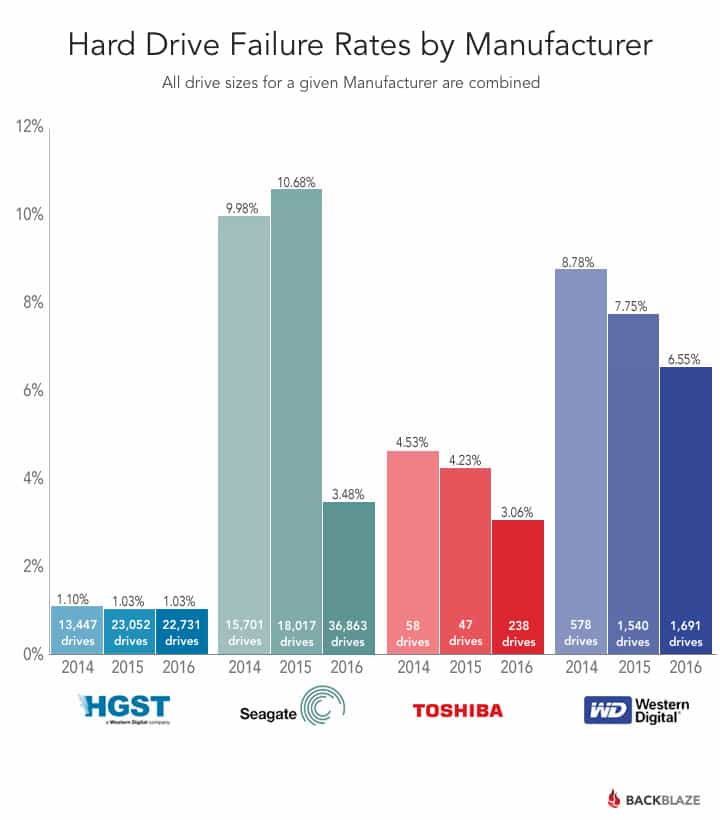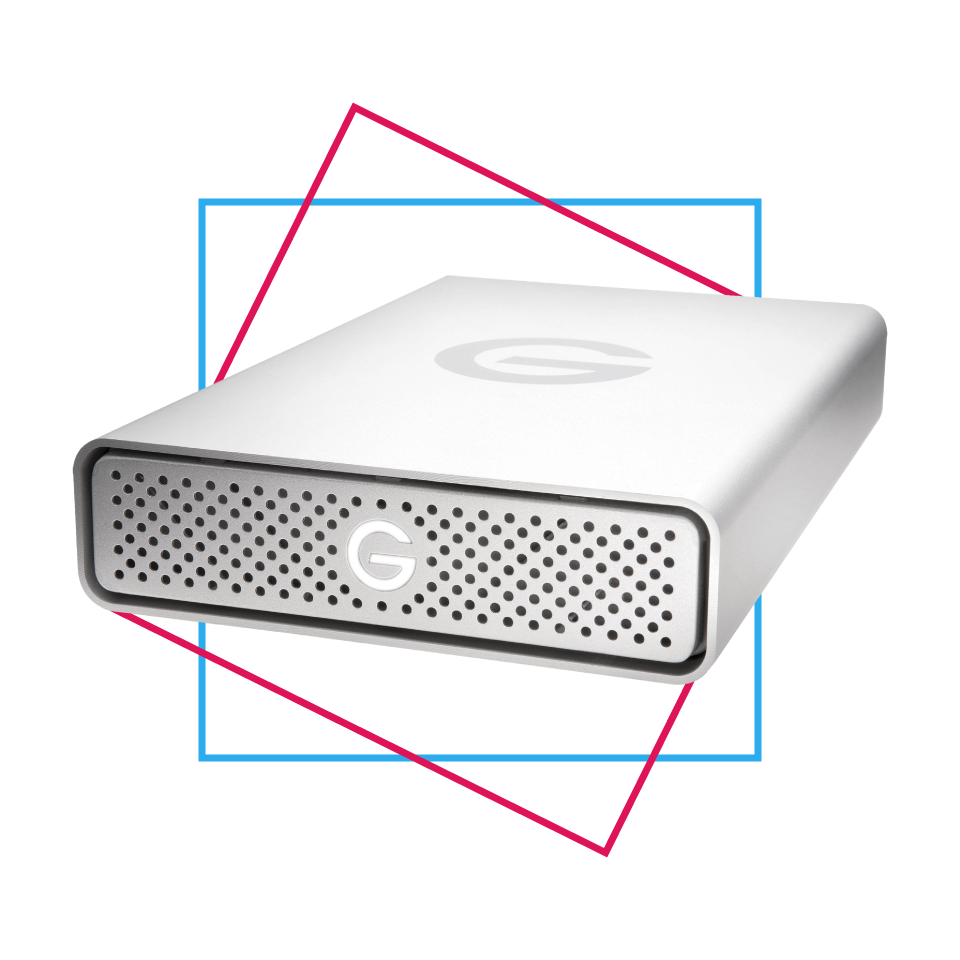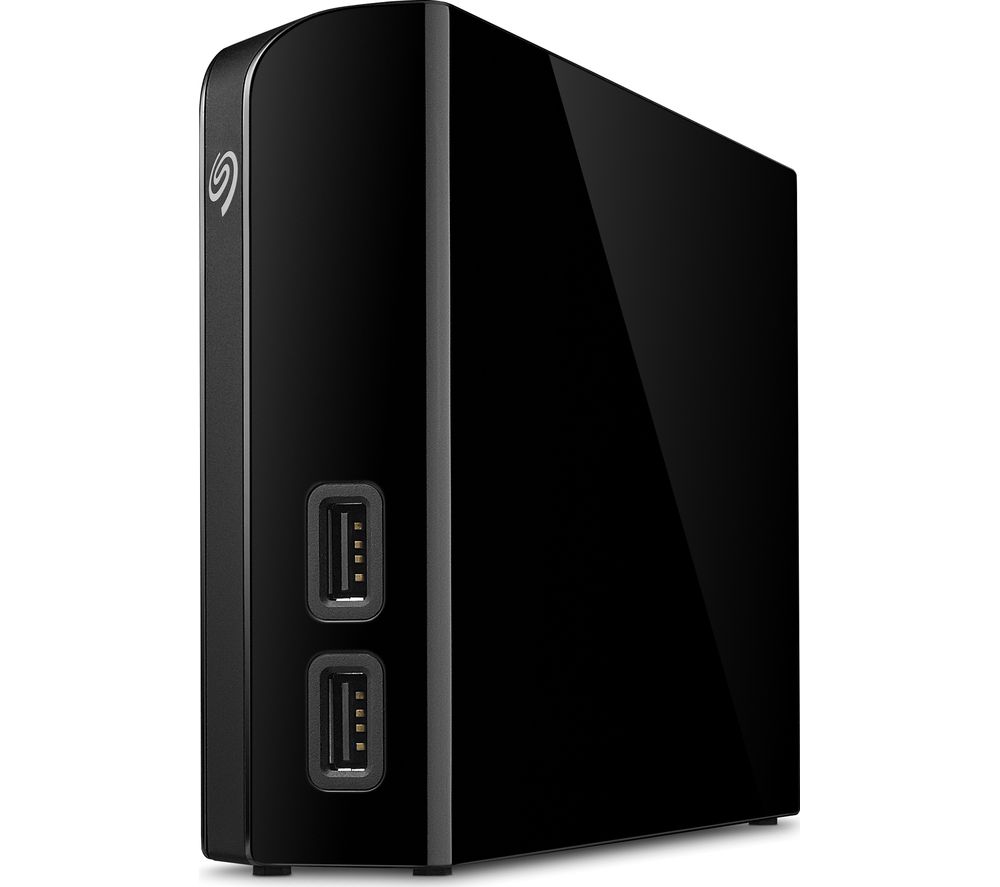
- #6 TB EXTERNAL HARD DRIVE REVIEWS 2017 HOW TO#
- #6 TB EXTERNAL HARD DRIVE REVIEWS 2017 1080P#
- #6 TB EXTERNAL HARD DRIVE REVIEWS 2017 WINDOWS 10#
- #6 TB EXTERNAL HARD DRIVE REVIEWS 2017 PORTABLE#
#6 TB EXTERNAL HARD DRIVE REVIEWS 2017 WINDOWS 10#
The problem is most TVs do not support nearly as many file formats as Windows 10 and other devices.
#6 TB EXTERNAL HARD DRIVE REVIEWS 2017 PORTABLE#
Most TVs that have a USB port will allow you to plug in a portable HDD to view media such as audio, movies, and images. Watching Media from Portable HDD on a TV: For example, USB storage devices that have a capacity of under 32GB are usually not compatible with TVs. For large recordings, exFAT is required, but for smaller (up to 4GB) recording you can use FAT32.Īnother point is some TVs have a minimum storage capacity. Sony TVs generally use either exFAT or FAT32 for external USB recordings. Note: once again, the process and supported file format will vary depending on your TV.
#6 TB EXTERNAL HARD DRIVE REVIEWS 2017 1080P#
For reference, 4GB can hold about 70 minutes of 1080P video. Most TV recordings will be larger than 4GB. While most TVs can support a variety of file formats, what you need to know is the only format that can support files larger than 4 GB is exFAT. The easiest way to do this is on a Windows 10 computer.īefore we continue, it’s important to clear up one point. Remember, formatting a hard drive removes all the data, and it may become unreadable on other devices too. I recommend looking up your specific TV’s model before you continue. The process will vary depending on your TV manufacturer and model. To keep it simple (and legal), you should only watch the media on the same TV that recorded it. It’s a bit complicated, not to mention expensive, and there’s no guarantee it will work. One possible way to bypass that roadblock is to use a video capture device connected to an HDMI splitter that can remove HDCP. Most TV manufacturers encrypt recordings due to copyright issues. The reason for that is TV recordings are encrypted by the TV and are only playable on that specific TV. As it turns out, that’s actually a lot more difficult than you think. You’re probably thinking that you can record programmes from your TV, to an external HDD, and then later playback those recordings on a PC.
#6 TB EXTERNAL HARD DRIVE REVIEWS 2017 HOW TO#
How to Playback TV Recordings on PCīefore we continue, it’s important to clear up an issue. Read this article, for more information on what’s the best size USB stick for TV recordings. A USB stick is a cheaper alternative than buying a portable hard drive. You can use a USB stick for TV recordings but it should have a storage capacity of 64 GB or more. Can You Use a USB Stick for TV Recordings? Some TVs will allow you to format directly from their UI, while others will require the use of a separate device, such as a PC, to reformat the external hard drive. The solution to this would be to format the hard drive to a file format that is readable, a process that can take some time. To find out what file format your TV or set-top box can read you will have to look up the specific product model’s manual. In fact, most TVs read-only FAT(12, 16, 32) and exFAT. The problem is not every TV can read these formats. Most plug and play external hard drives use either FAT32 or NTFS, both of which are readable by most PCs and devices. In most cases, the reason an external hard drive won’t work with your TV is it’s using a file format that is not compatible with the TV.


Not every USB external hard drive will work with your TV or set-top box.

External Hard Drive Won’t Work with my TV

Some PVR boxes also add more slots to expand external storage such as SD CARD, USB, and even LAN. The upside to external hard drives is they’re cheaper than PVRS, but PVR boxes have many more features.


 0 kommentar(er)
0 kommentar(er)
